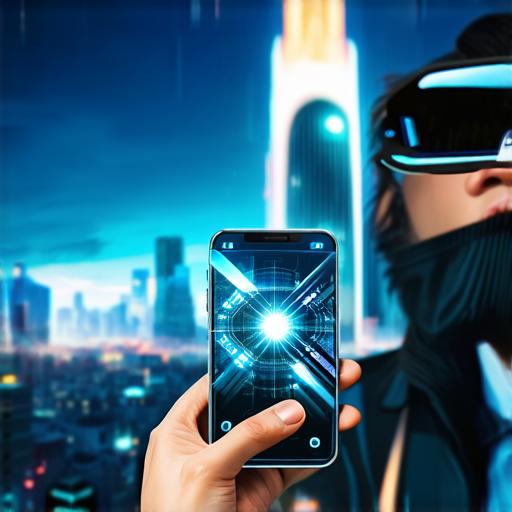Augmented Reality (AR) is a technology that overlays digital information onto the real world, creating an interactive and immersive experience for users.
How Does Augmented Reality Function?
At its core, augmented reality is a combination of computer vision, image recognition, and 3D modeling technologies. When a user looks through an AR device (such as a smartphone or tablet with an AR app installed), the device captures the real world around it using its camera. This data is then processed by the computer vision algorithm, which detects and tracks markers in the real world (such as objects, surfaces, or even people).
Once the markers are detected, the image recognition algorithm comes into play. It analyzes the captured image and overlays digital information onto the real-world scene based on the recognized markers. This digital information can take many forms, such as 3D models, animations, or interactive objects that respond to user input.
The final component of AR is 3D modeling. The 3D model of an object or animation is created using specialized software and then overlaid onto the real world by the AR device. This creates a realistic and immersive experience for the user, as they can interact with the digital content in the same way they would with physical objects.

Applications of Augmented Reality
There are many industries that are already using augmented reality to enhance their products or services. Some examples include:
- Retail: AR is being used by retailers to create virtual try-on experiences for clothing, makeup, and furniture. This allows customers to see how a product would look on them before making a purchase, without having to physically try it on.
- Education: AR is being used in education to create interactive learning experiences that engage students and help them visualize complex concepts. For example, anatomy students can use AR to explore the human body in 3D, while history students can use AR to explore ancient ruins and artifacts.
- Manufacturing: AR is being used in manufacturing to improve productivity and reduce errors. Workers can use AR to view instructions and schematics overlayed onto their physical surroundings, allowing them to work more efficiently and accurately.
- Gaming: AR is being used in gaming to create immersive and interactive experiences that blend the real world with the digital realm. Games like Pokémon Go have become wildly popular by using AR to turn the real world into a virtual playground.
Conclusion
Augmented reality is a powerful technology that has the potential to revolutionize many industries. By overlaying digital information onto the real world, AR creates an interactive and immersive experience for users that can enhance productivity, engagement, and learning. As AR continues to evolve, we can expect to see even more innovative applications in the future.
